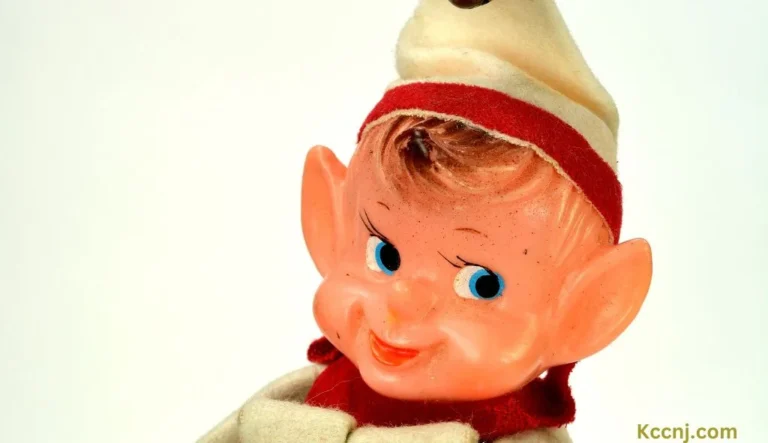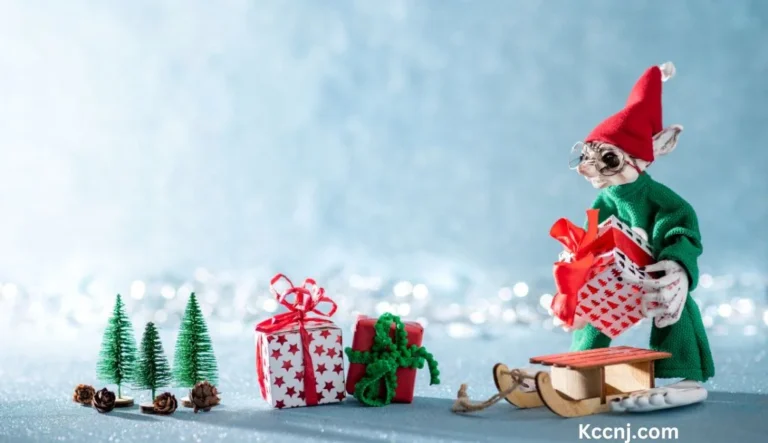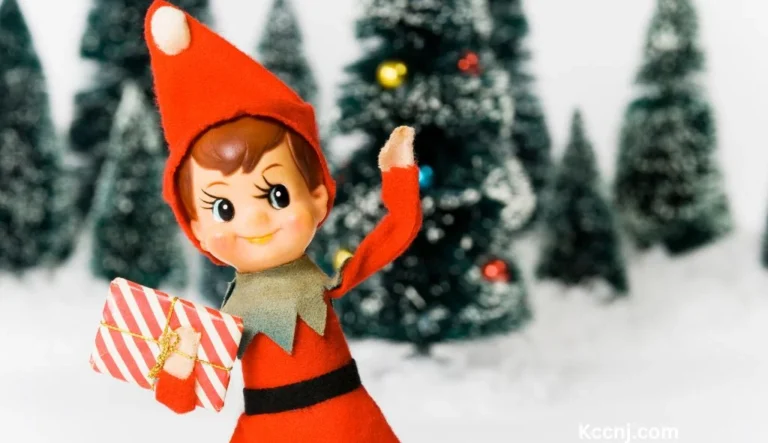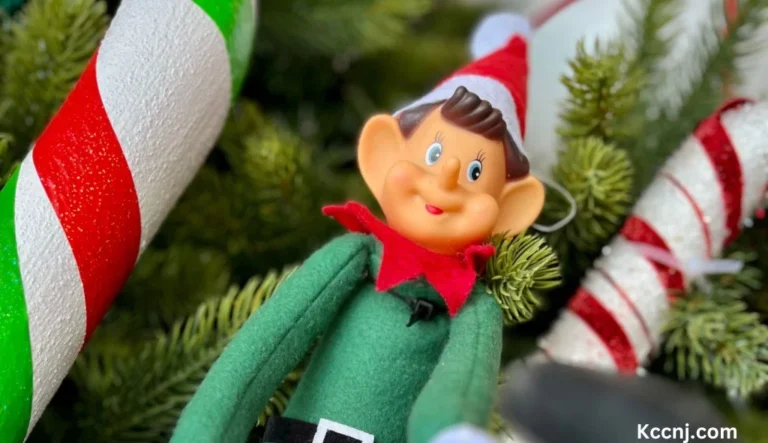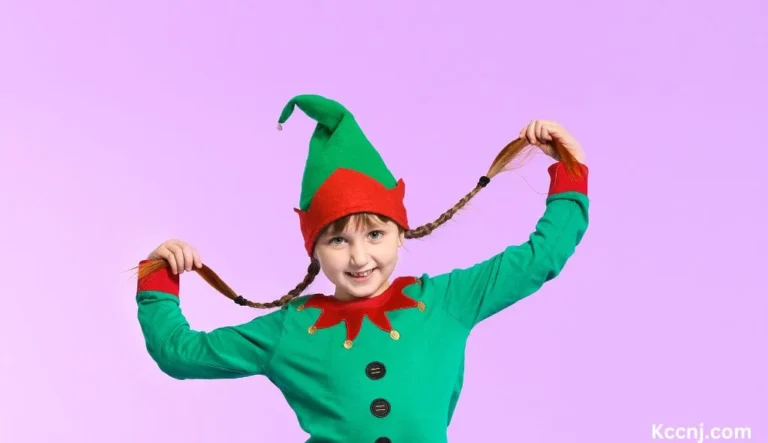Why Is My Elf On Not Moving?
If your Elf isn’t moving, it is likely because someone in your household has touched it, or you might have forgotten to move it yourself. Remember, the Elf’s magic allows it to fly to the North Pole each night to report to Santa, but this magic is lost if the Elf is touched by humans.
Now, let’s explore all the possible reasons why your Elf might be staying put.
Reasons Why Your Elf Might Not Be Moving
1. Someone Touched the Elf
The most common reason for an Elf not moving is that someone has touched it. Here’s why this matters:
- According to the Elf story, the elf loses its magic if a human touches it.
- This rule helps maintain the illusion for children and adds to the magical experience.
- If your elf has been touched, it might need some help to regain its magic.
2. You Forgot to Move It
As parents, we’re often juggling many responsibilities, especially during the busy holiday season. It’s entirely possible that you simply forgot to move the elf. Don’t worry; it happens to the best of us!
3. The Elf is “Resting”
Sometimes, you might want to give yourself a break from moving the elf every night. In this case, you can tell your children that the elf is:
- Taking a day off to rest
- Feeling under the weather
- So comfortable in its current spot that it decided to stay there another day
4. Your Child is Starting to Question the Magic
As children grow older, they might start to question the reality of Elf. If your child is reaching this stage, the elf’s lack of movement might be less about forgetfulness and more about their growing understanding of the world.
What to Do If Your Elf Isn’t Moving
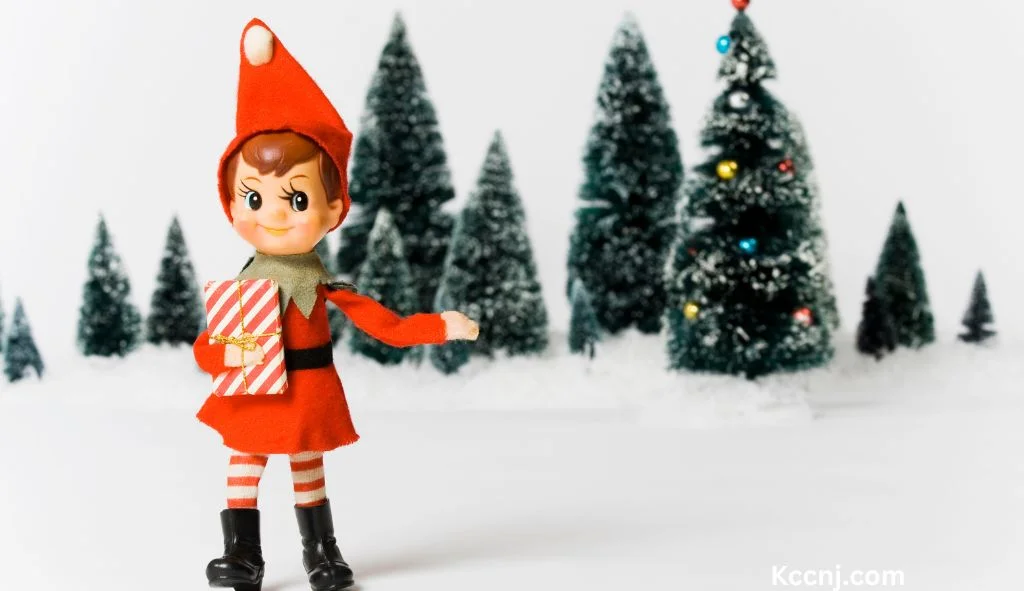
Now that we’ve covered the possible reasons, let’s talk about what you can do if your Elf isn’t moving.
1. Restore the Elf’s Magic
If someone has touched the elf, you can try these methods to “restore” its magic:
- Sprinkle a little cinnamon next to the elf. Tell your children this is “magic elf dust” that will help the elf regain its power.
- Write a note to Santa explaining what happened and asking him to send some more magic.
- Have your children sing a Christmas carol or recite the Elf poem to help bring back the magic.
2. Move the Elf When Your Child Isn’t Looking
If you simply forgot to move the elf, try to move it when your child isn’t in the room. You could say:
- “Oh look! The elf must have just moved when we weren’t looking!”
- “Wow, that elf sure is sneaky. It must have waited until we turned our backs to find a new spot!”
3. Create a Story
If you need a reason why the elf hasn’t moved, get creative! You could say:
- The elf is keeping an extra close eye on a particular area of the house.
- It’s having so much fun in its current spot that it decided to stay there another day.
- It’s feeling a bit tired and needed an extra day to rest before flying back to the North Pole.
4. Adjust the Tradition
As your child grows older, you might need to adjust how you approach the Elf tradition. Consider:
- Having honest conversations about the spirit of Christmas and the joy of believing
- Allowing your child to become part of the magic by helping to move the elf for younger siblings
- Gradually phasing out the tradition as your child outgrows it
The Importance of Maintaining the Magic
As a pastor, I often talk about faith and belief. While Elf is a secular tradition, I believe it shares some important lessons about the power of belief and imagination. Here’s why maintaining this magic can be important:
- It Encourages Imagination: The Elf story encourages children to use their imagination and believe in magic. This creative thinking is crucial for a child’s development.
- It Creates Family Bonding: The excitement of finding where the elf has moved to each morning can bring families closer together during the holiday season.
- It Teaches Good Behavior: The idea that the elf is watching and reporting back to Santa can encourage children to be on their best behavior.
- It Builds Anticipation for Christmas: The daily movement of the elf serves as a fun countdown to Christmas, building excitement for the holiday.
- It Creates Lasting Memories: The joy and wonder in a child’s eyes when they discover the elf in a new spot each morning can create beautiful memories that last a lifetime.
Balancing Fun and Truth
While it’s important to maintain the magic of Elf for as long as it brings joy to your family, it’s equally important to be prepared for when your child starts questioning its reality. Here are some tips on how to handle this transition:
- Be Honest: When your child directly asks if the elf is real, it’s usually best to be honest. Explain that while the elf itself may not be magical, the love and fun behind the tradition are very real.
- Emphasize the Spirit of Giving: Use this as an opportunity to shift focus from receiving gifts to the joy of giving and helping others.
- Involve Them in the Magic: If you have younger children who still believe, involve the older child in moving the elf. This can make them feel grown-up and special while still being part of the tradition.
- Discuss the Importance of Imagination: Talk about how using our imagination can bring joy and excitement to life, even when we know something isn’t literally true.
- Connect it to Deeper Truths: As a pastor, I often use this as a chance to discuss deeper spiritual truths. While the elf may not be real, the ideas of love, kindness, and generosity it represents are very real and important.
Creating New Traditions
As children outgrow Elf, it can be a great opportunity to create new family traditions. Here are some ideas:
- Secret Santa: Introduce a family Secret Santa tradition where everyone gets to experience the joy of giving in a more personal way.
- Volunteer Work: Start a tradition of volunteering as a family during the holiday season. This can help children understand the true spirit of giving.
- Advent Calendar of Kind Deeds: Create an advent calendar where each day suggests a kind deed or action to perform.
- Christmas Around the World: Learn about and incorporate Christmas traditions from different cultures into your celebrations.
- Family Game Night: Have a special Christmas-themed family game night in the lead-up to the holiday.
Reflecting on the Meaning of Christmas
As we talk about these holiday traditions, it’s important to remember the true meaning of Christmas. As a pastor, I always encourage families to take time during this busy season to reflect on the birth of Jesus and what it means for us. Here are some ways to incorporate this into your family’s celebrations:
- Read the Christmas Story: Take time to read the biblical Christmas story together as a family.
- Attend Church Services: Participate in Christmas Eve or Christmas Day services to celebrate the religious aspect of the holiday.
- Set Up a Nativity Scene: This can be a beautiful visual reminder of the Christmas story.
- Discuss the Virtues of Jesus: Talk about how Jesus embodied love, kindness, and generosity, and how we can follow His example.
- Perform Acts of Charity: Engage in charitable acts as a family to honor the spirit of giving that Christmas represents.


